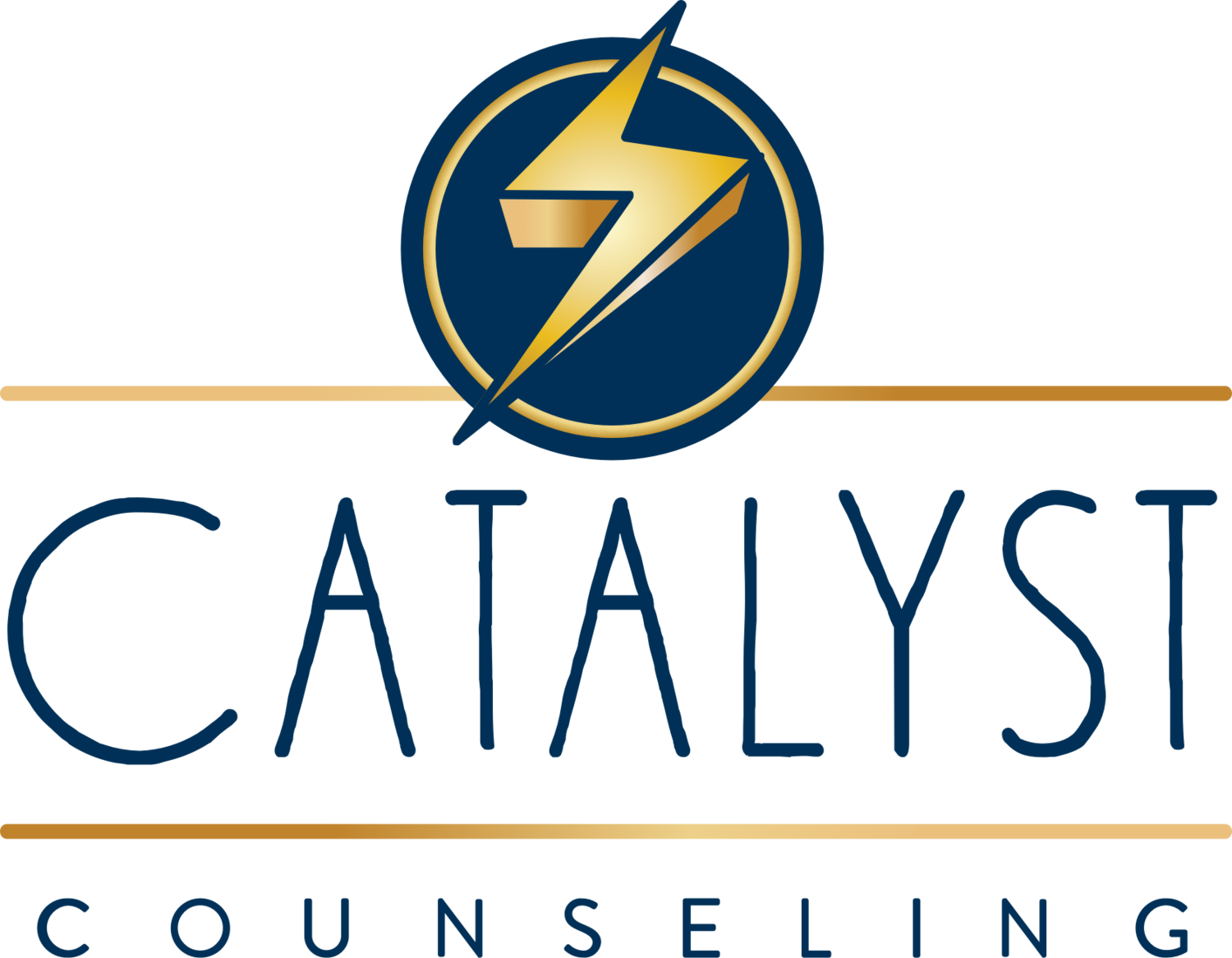How To Break The Cycle Of Codependency In A Friendship
People often refer to codependency in romantic relationships, but it isn’t exclusive to those partnerships. Codependency can harm almost any type of relationship. While those traits can certainly carry over into romantic endeavors, they can be just as damaging in friendships.
While great friends will often suggest that they “complete” each other or that they balance one another out, codependency looks different. It’s not about balance or completion. Rather, it occurs when one person has a heavy reliance on the other.
Let’s take a closer look at codependency in a friendship. We’ll cover what it really looks like. More importantly, we’ll talk about what you can do to break the cycle of codependency in a friendship and enjoy healthier, happier relationships.
Magnified Roles
Healthy relationships always have a bit of give and take. However, those roles tend to shift based on need. There are times in friendships where one person will be the “giver” and one will be the “taker.”
But, those roles shouldn’t be permanent.
In a codependent friendship, one person tends to be the taker all of the time, forcing the other person to be the constant giver. That might be draining on the giver, but because they feel so needed, it can serve as a confidence boost. They’ll feel important in the relationship.
Unfortunately, these magnified roles aren’t healthy for anyone, and can lead to imbalanced relationships with toxic dynamics.
What Are the Signs of Codependency in a Friendship?
If you’re not sure whether you’re in a codependent friendship (no matter your role), some of the most common signs include:
One person is always trying to fix the other person’s problems.
One person plays the role of “rescuer” every time.
There are constant anxieties and fears over the relationship.
One person feels used.
There is a distorted sense of reality.
Things like relationship burnout and upset feelings are also pretty common signs. If you’re relying on a friend to make you feel fulfilled, it’s going to be exhausting. If you’re playing the role of the one who your friend relies on, it might be fun for a while, but it can also make you feel limited or even trapped.
Eventually, both of you might feel like you’re losing a sense of individuality. The rescuer often takes on their friend’s emotions and won’t make their own choices. The other person might feel like they can’t do anything or make their own decisions without the friend being involved.
What Can You Do?
If these issues sound familiar, the good news is that the cycle of codependency in a friendship can be broken.
If you are the codependent one, the best thing you can do is to acknowledge there’s a problem. Admitting that you’re struggling with codependency isn’t easy, but it’s a necessary first step. When you acknowledge the issue, you can seek out help from a professional to determine the cause of your codependency. You can also start to focus on self-care and finding an identity and purpose outside of your friendship.
If you’re the “taker” in the relationship, don’t hesitate to set healthy boundaries. Again, it might be fun to be needed for a while, but that gets old very quickly. You’ll be putting yourself first in healthy ways by establishing boundaries and talking to your friend about changes that need to occur.
No matter your role in a codependent friendship, understand that you don’t have to tackle these challenges on your own. Breaking free from that kind of cycle can be difficult. Friendship Therapy can help, from digging deeper into the relationship to guiding you to find healthy ways of keeping the friendship intact. Feel free to reach out to learn more.





